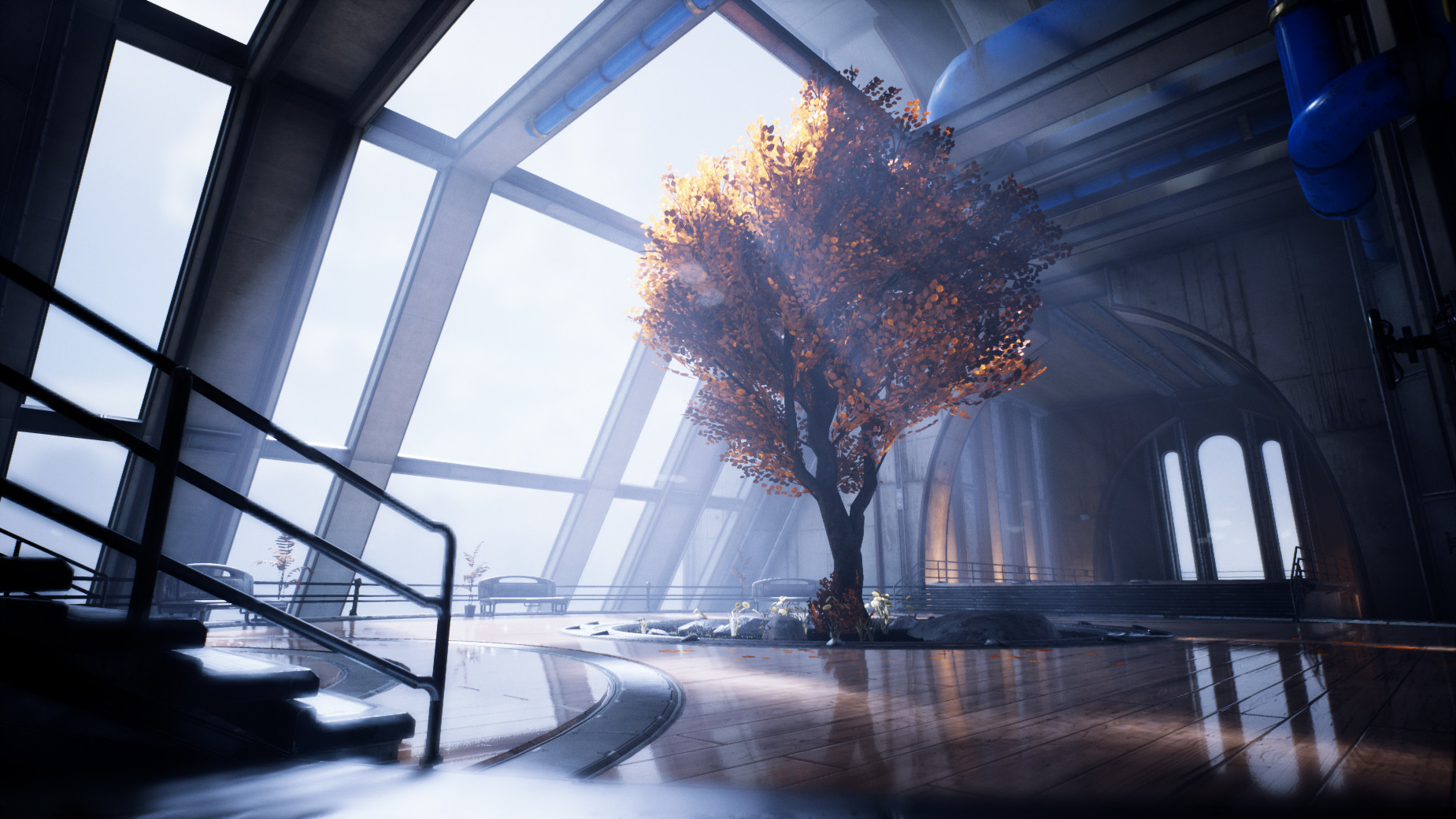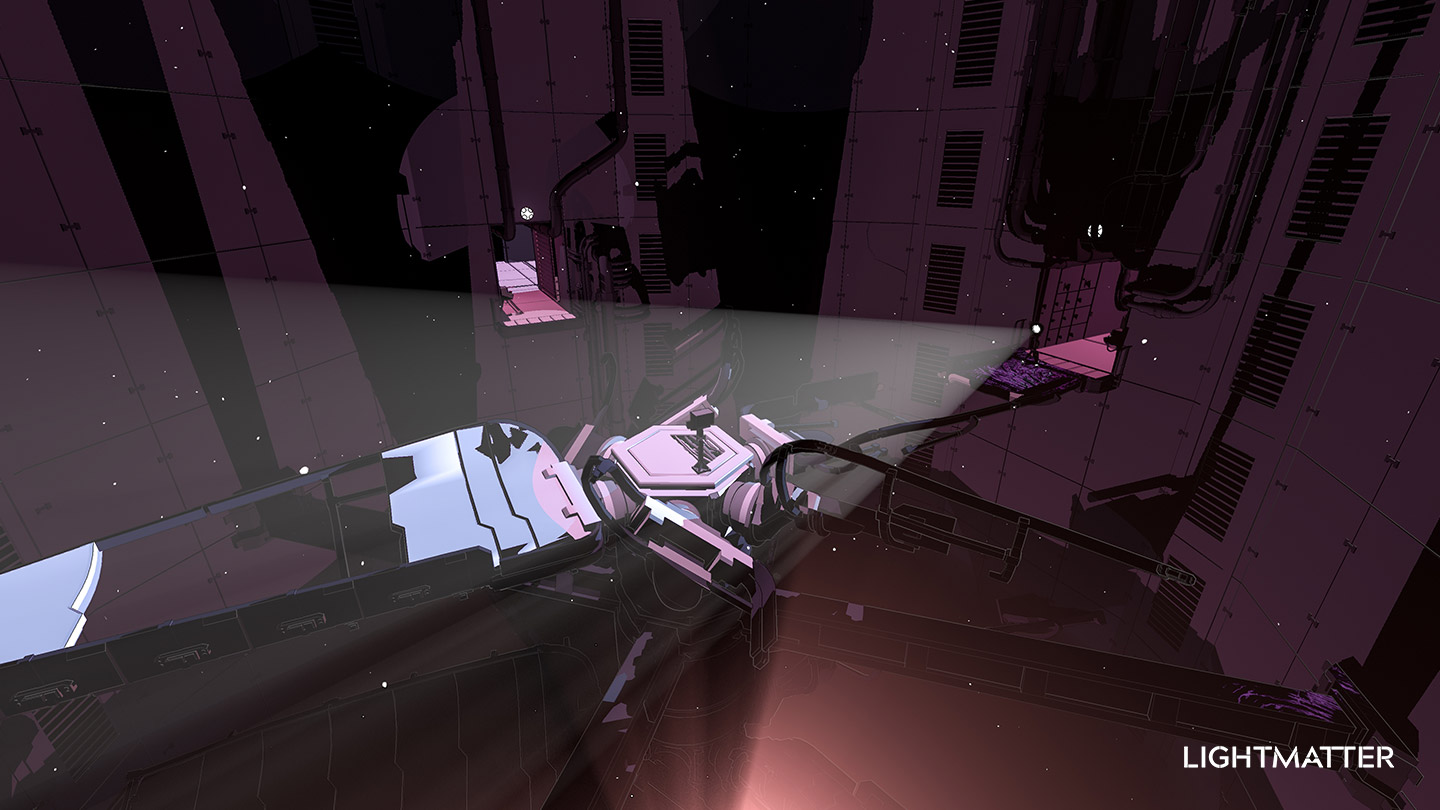In the terrifying atmosphere of P.T., lighting plays a crucial role in enhancing the player’s experience and guiding progress through the game’s eerie hallways. Primarily, players interact with various objects and trigger specific events that manipulate lighting during the game’s looping sequences. One notable method to illuminate the environment is by navigating to the staircase area, facing down the hallway, and then slowly backing up until hitting the door. Upon turning around, the door opens automatically, leading to a significant moment where the light above the radio turns on, subsequently brightening the hallway at key puzzle stages.
Throughout the gameplay, the lighting dynamic is notably affected by the presence of certain events. For instance, as players draw closer to monsters or critical story moments, the hallway lights may flicker or go out entirely, creating a palpable sense of tension. Such changes not only heighten the atmosphere but also reveal paths or elements essential for puzzle-solving, effectively guiding players through what might otherwise be an overwhelming journey.
In later stages of the game, the changes in lighting become more pronounced. Players may encounter scenes drenched in a striking crimson light, creating an intense visual contrast that signifies a shift in the game’s emotional tone. At this point, environmental factors evolve as well; for example, objects like a swinging bloody fridge emerge, replacing the standard fixtures and underscoring a progression in puzzles and the narrative.
Overall, the manipulation of lighting in P.T. is intricately woven into the fabric of gameplay, driven by the need to advance through loops and solve puzzles rather than allowing for direct control over light switches. The aforementioned strategies exemplify how lighting serves as both a gameplay mechanic and a storytelling device, enriching the immersive horror experience that P.T. is renowned for.





Leave a Reply